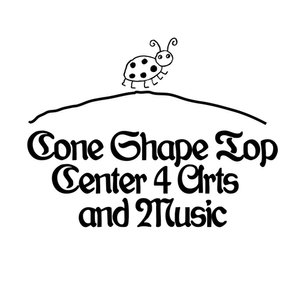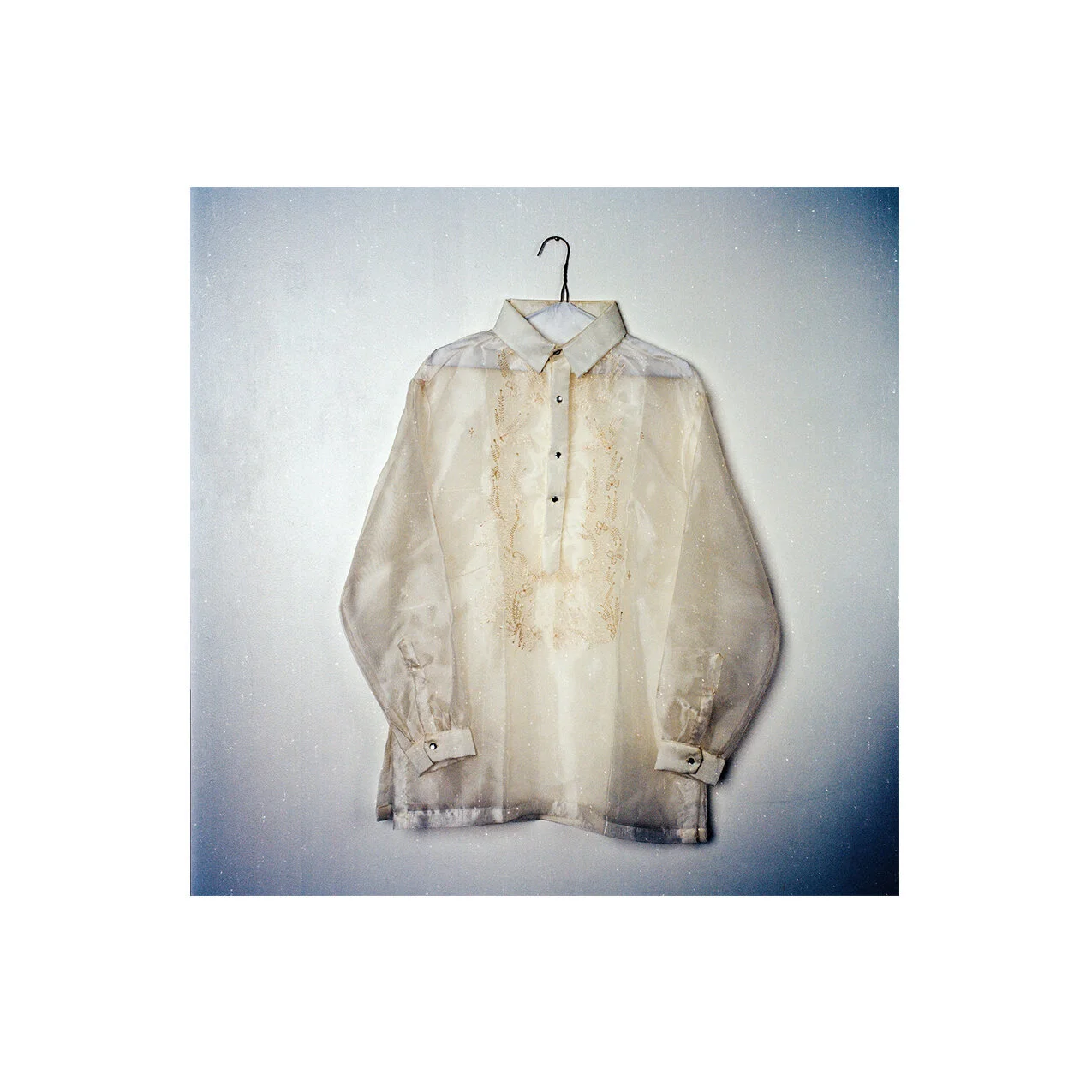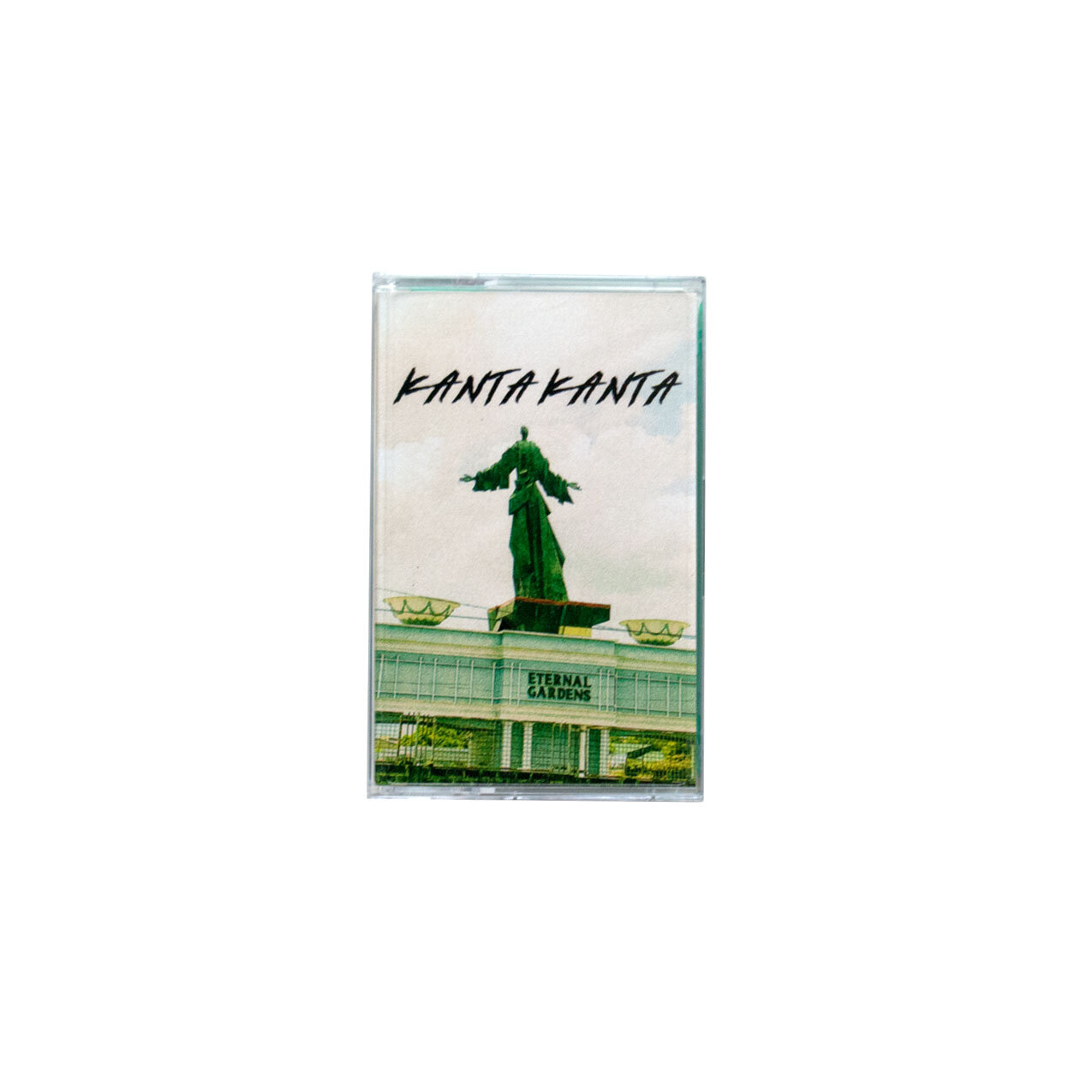aklasan records
Photo: New York Hardcore outfit, Material Support at Aklasan Fest 2019 via Aklasan’s archives.
Ness Aquino’s Mabuhay Gardens, a Filipino restaurant and nightclub in San Francisco’s North Beach strip would unsuspectedly ignite the Bay Area’s punk scene as one of its first notable DIY venues through the inception of promoter Jerry Paulsen. Birthing groups like Crime, The Nuns, Dils, and the Dead Kennedys, the community spawned from The Mab rose in visibility and continued to flourish throughout the 80s, giving local outfits their big break. Pages from V. Vale’s seminal ‘Search & Destroy’ captured this raw SF punk energy that ran the course of roughly a decade. One could easily imagine this is where the story of Filipinx punk begins. While the scene at the time showed a wider spectrum of diversity in comparison to other parts of the US, with even more women due to the radical and more free thinking climate of the Bay Area, the representation of punks of color were far and few in between.
Decades on from Mabuhay, new generations continue to keep the blood of the scene pumping, reckoning not only with anti-capitalist and socio-economic issues but also speaking on colonization, diasporic identity and immigrant narratives. Aklasan (translating to “uprising” in the Philippines main dialect of tagalog) is the match to this flame. A label and distributor focusing solely on the the voice of the Pinxy Punk, lead by the desire to amplify, unite and foster the growth of a movement that has yet to receive the attention of its counterparts. We sit with Rupert, a long time bay area punk, activist, writer and poet who has built the community that is Aklasan today, combining forces not only within Filipinx punks in the bay and across the country, but also forging bonds with bands and labels from the Philippines. What stems from this tireless labor of love is the thread that connects Aklasan to the origins birthed from Ness Aquino’s restaurant. The Filipino contribution doesn’t begin and end with the symbolic architecture of Mabuhay Gardens, but rather has been steadily growing in the fringes, rising up and now ready to stake it’s claim in Bay punk history.
Philadephia’s Abi Ooze at Aklasan Fest 2019 via Aklasan archive
New York’s Namatay Sa Ingay at Aklasan Fest 2019 via Aklasan archive
Tell us a bit about yourself and the birth of Aklasan
My name is Rupert, co-founder and head of Aklasan records, lead vocalist of AninoKo and Toxic Culture, creator of the Pinoi Punk Documentary, former vocalist of Eskapo for many years and a writer,poet and parent living in the SF Bay Area.
Aklasan Records was born in 2013 from an idea by myself and Josh Castro of the band Digma because we wanted to encourage and help nurture a community of Filipinx punks and activists with the goal of organizing our community about issues that cause the Filipino diaspora.
We also wanted to use the label as a way to highlight and support hardcore, punk and oi Filipino bands from not only the US and the Philippines but all over. In 2014 we organized the first Aklasan Fest at Submission Gallery off 18th and Mission, a now defunct arts/music venue run by Latino punks. Aklasan Fest was orginally started to help sell our music and merch but quickly became a one of the Bay Area's most unique hardcore/punk music space that caters not only to POC but to Filipinx. Since 2014 there have been 6 Aklasan Fests. Most of which have been at Bindlestiff in SoMa Pilipinas and most have had vegan Filipino food either as a food truck or it was catered.
What was the Bay Area Punk scene like when you started getting involved?
The Bay Area punk scene is probably more diverse than scenes in other parts of the country because the overall population reflects those who attend and support these events and releases but overall, the punk scene in general is white, cis men. I started going to punk and hardcore shows in 1995 and actively started playing outside of house shows in Vallejo, CA and other podunk bay area burbs in 2000. I have been in 13 something bands and have seen more bands than I can remember and at least in the 90's, it was very rare for us to see other Asian Americans at shows. The pop punk shows, ska punk shows and more mainstream bands always had a peppering of POC among the crowd but it was mostly white dudes at hardcore, punk and more aggresive music shows.
Do you find the Bay Area to have its own unique qualities regarding the filipinx punk scene?
It definitely helps that there is a large Filipinx population in the Bay Area and there are generations that have built so much here. The South of Market Filipino Cultural district, SoMa Pilipinas is home to my favorite venue/theater/community space, Bindlestiff Studio. I've played and organized many shows at The Stiff and my family and I often go there to attend theater productions and community gatherings.
What inspires the visual language for Aklasan?
The sword in the upside down triangle design was created by Tondo based artist and creator of most of Aklasan's artwork, Lester WrongKillYou of the Manila sludge/doom band, Eyes of Fire.
The sword or Itak (machete) is the kind my grandfather used to use for everything from gardening to slaughtering livestock. The upside triangle represents the working class and masses holding power.
What bands/musicians excite you currently?
These are just some of the bands I am excited for right now and incidentally they are all Filipino American and are either on Aklasan or connected to us.
1. Material Support (NYC, NY)
2. Bolo (Bay Area, CA)
3. Abi Ooze (Philadelphia, PA)
4. Toxic Culture (Bay Area, CA)
5. Kanta Kanta (Bay Area, CA)
6. Silakbo (Bay Area, CA)
7. Moxiebeat (Riverside, CA)
8. Damak (Austin,TX)
How do you go about discovering new artists? What feeling do you look for that feels aligned with your ethos?
Sometimes I get emails from bands and if I like the sound, aesthetic and "feel" of the band, I will reach out to them and ask if they would either like to release something or play an Aklasan show. If a band has a Filipinx identified front person or the majority of the band is Pinxy and ESPECIALLY if they sing in a Philippine language and hold progressive/leftist politics, they will catch my attention and I will reach out to them.
What are some of the challenges behind running a diy label especially in this climate and being based in SF where cost of living is so high?
I didn't ever imagine turning a profit when we started Aklasan. I just wanted physical manifestations of the bands I love and that represent Filipinx. Mail order is slow but steady. I have spent more money on this label than anything in my life but the joy of seeing people belong to something far outweighs the money I've spent. I do think that I'll have to slow down though because I have a family to care for. I guess I'll continue as long as I can.
I work a regular 9-5, full time job housing parolees, probationaries and ex-cons. We rent but the pandemic has driven out a significant number of tech transplants here that were driving up the rent so we were able to find a large enough place for our family.
What would be a dream event that you could throw?
For all the Aklasan bands to be able to play at least one show each in Manila or Quezon City, Cebu and Davao. Therefore covering all the main islands of the Philippines. That would be a logistical nightmare but would be a crazy experience!
Explore titles released and distributed through Aklasan
For more check out the rest of the Aklasan Catalog
Watch Pinoi Punk - Filipino Americans in Punk and Hardcore 2014 Documentary










